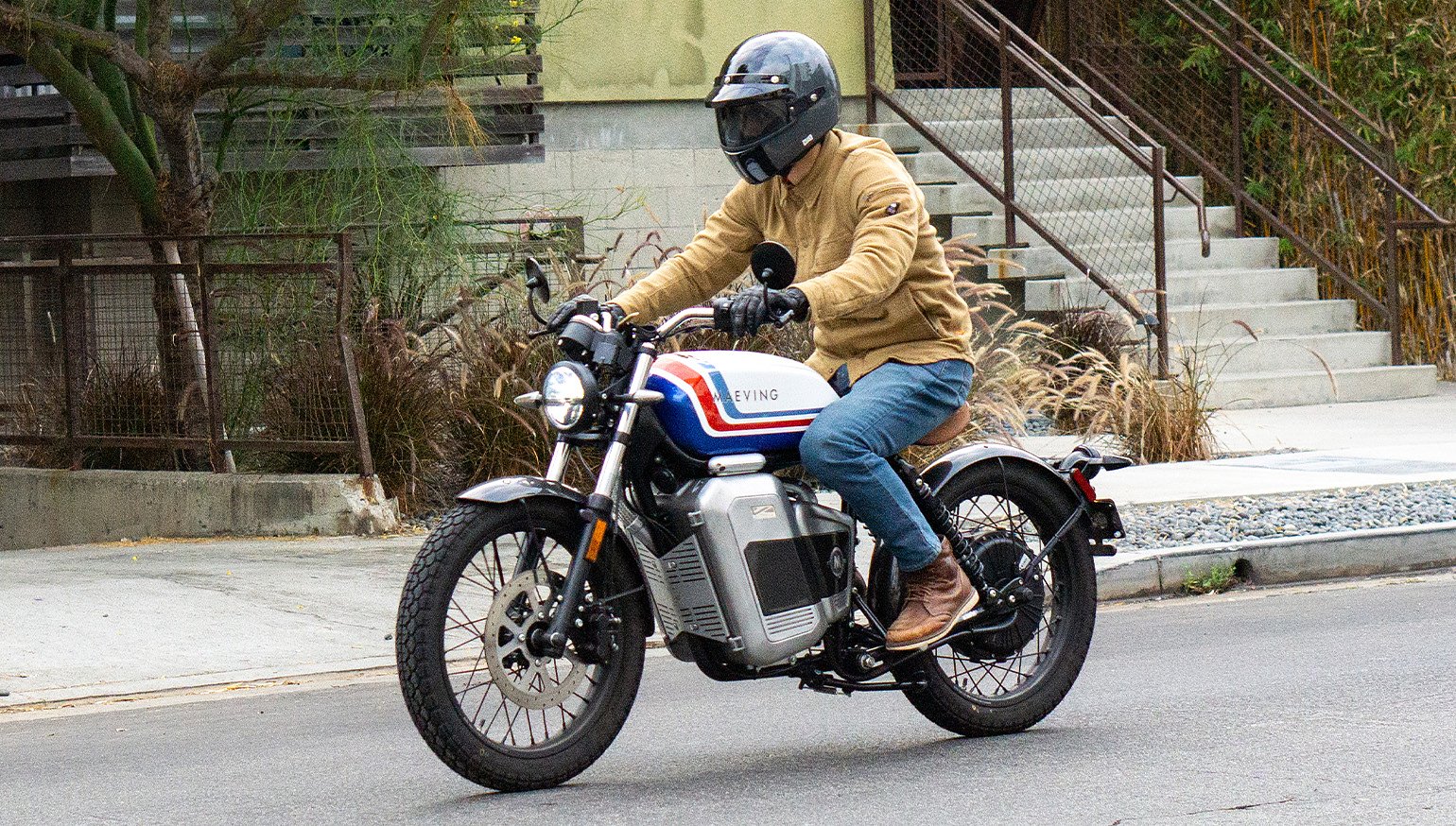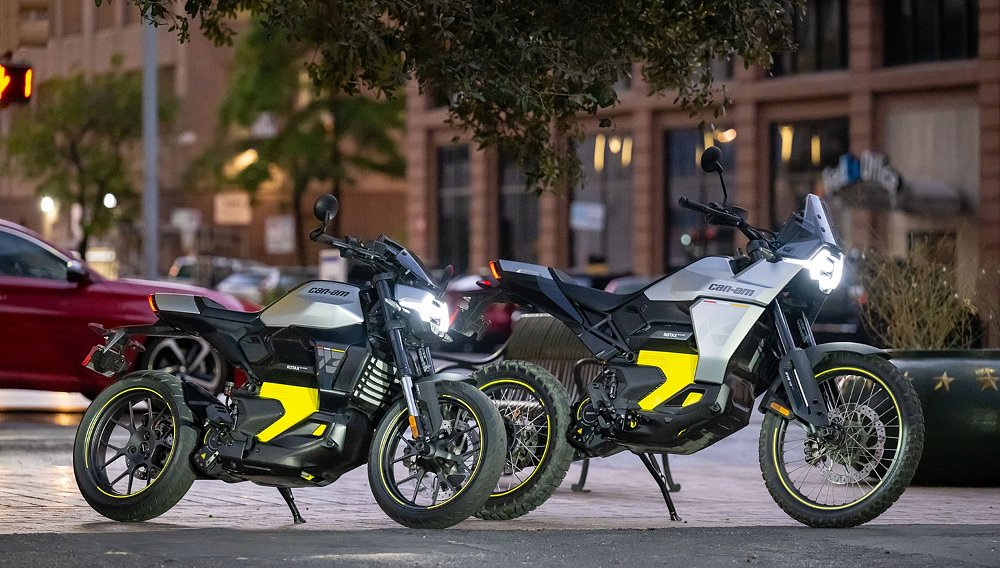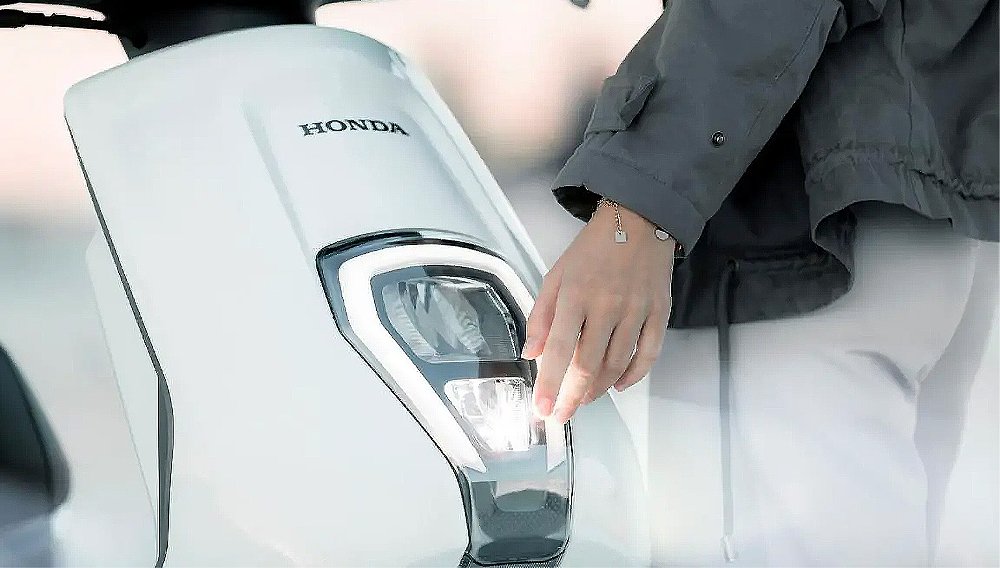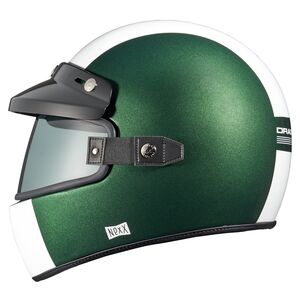The Ninja 250 rider flipped up his visor and asked, “Is that electric?”
“Yeah!” I yelled over the buzz of traffic.
“I like it,” he called back. Then the light turned green and he zipped off.
I was one part delighted and one part shocked. Of all the electric motorcycles I’ve tested, none attracted compliments from fellow riders like the Maeving RM1S. I soon learned that no one is immune to its charms.
Not the construction worker leaning out of his truck to get a better look. Not the firemen who called it “pretty cool.” Not the Tesla driver that shamelessly ogled the bike at an intersection. Not even the moto-influencer girls at the Bike Shed could resist its conventionally handsome looks. “What a pretty bike,” was the exact quote (it wasn’t what was said, it’s how it was said).
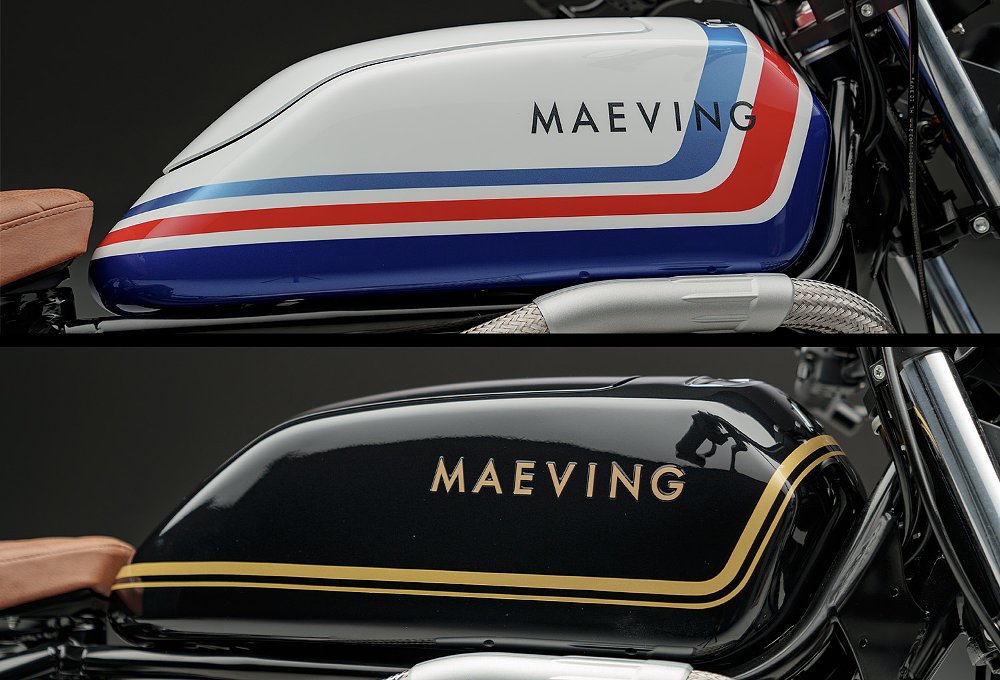
The vintage-styled electric is the second offering from British startup Maeving. Its maiden model, the RM1, debuted in 2022 with a 3.0 kW hub motor and 45-mph top speed, rendering it a city runabout in the strictest sense. The S model looks practically identical to its smaller sibling but Maeving spikes the punchbowl with a 7.2 kW hub motor and a top speed of 70 mph. That extra oomph suits the RM1S for highway use, which is another way of saying “suits it for U.S. customers.”
Maeving is relying on the up-spec e-roadster to make further inroads into the U.S. market. Per the brand's U.S. General Manager, units started shipping to California customers in September. The company plans to expand deliveries to the rest of the country by the spring of 2025. Before that nationwide expansion, Maeving put a pre-production model under my charge for nearly a month. Yes, its dashing looks turned heads everywhere I went. But, can it be more than just a conversation piece? Does it have as much substance as it does style? Those were the questions I set out to answer during my time with the RM1S.
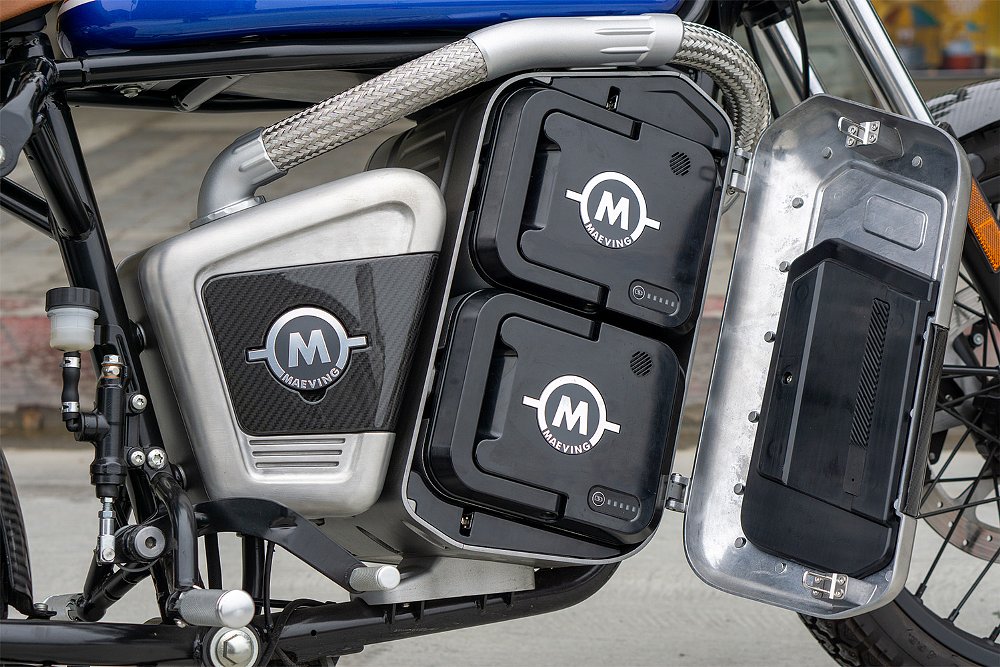
Under the surface
Powering the RM1S is a direct-drive electric motor listed at 7.2 kW (9.7 horsepower) of continuous power and 11.1 kW (14.9 horsepower) of peak power. The hub-mounted unit draws from twin 2.73 kWh batteries (5.46 kWh total), which yields a claimed range of 80 miles. Like most electric motorcycles, the in-the-saddle experience doesn’t quite live up to the spec sheet's promises.
First off, it’s more realistic to expect 45 to 50 miles on a single charge. At least that’s what my testing suggests. Adding a few highway miles shrinks that average to the low 40s, but those aren’t unreasonable numbers for the weekday commute — like my commute to the RevZilla West office in the map below — or a weekend joy ride. After all, the two power packs store less than 6 kWh of juice. The real-life range is only disappointing when compared to the RM1S’s rated range. The same goes for the model’s claimed torque.
To the internal combustion faithful, 193 foot-pounds of torque sounds absurd. Ari recently explained the relationship between an electric motorbike’s thrust curve and the manufacturer’s peak torque measurements. The customer’s conventional conception of torque figures also factors into the disconnect here.
Listing 193 foot-pounds of torque does the RM1S no favors. Doing so only evokes images of a bored-out, big-inch cruiser. When, in actuality, the RM1S pulls more like a Rebel 300. That’s no disrespect to the Rebel or the RM1S. Both bikes serve a purpose, but no one associates either with the torque-rich acceleration that 193 foot-pounds of torque suggests.
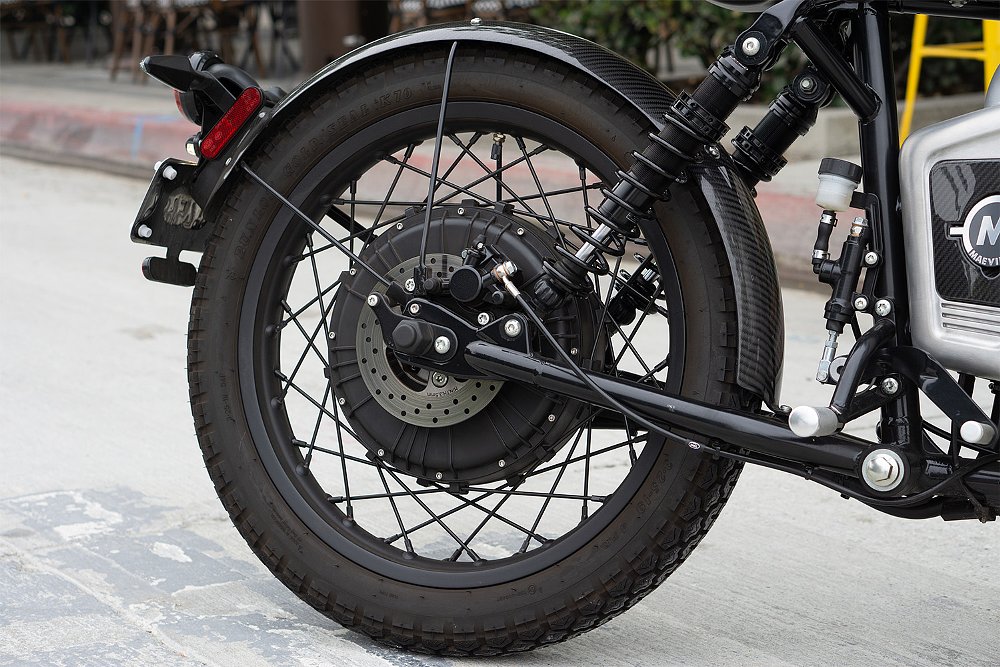
What the spec sheet fails to mention is the motor’s heat management — or lack thereof. That’s probably because the air-cooled unit rarely encounters overheating issues on surface streets. Unfortunately, the opposite is true when the pace picks up. Sustaining freeway speeds for more than 10 minutes triggers the overheating symbol (a blinking thermometer) on the dash. Another 10 minutes on the highway and the system starts restricting the motor’s output, which means it's time to get off the highway.
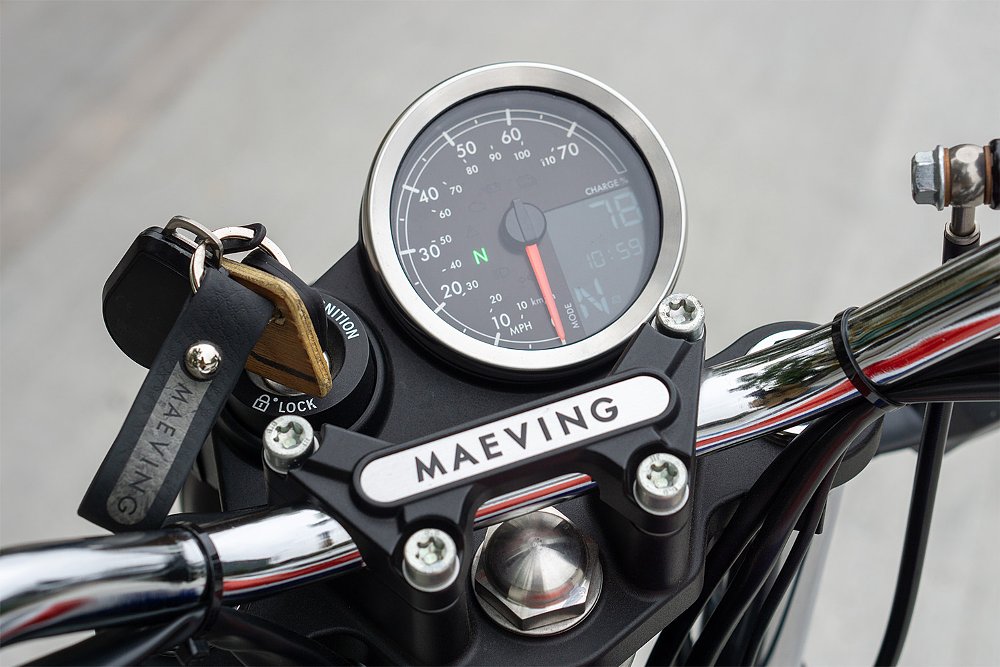
Maeving may oversell its retro roadster in some respects but it also undersells the model in others. For instance, the RM1S regularly reached 75 mph on the freeway, as confirmed by my REVER app. That’s five mph over its claimed top speed. It also reliably met Maeving’s recharging estimates when plugged directly into a wall socket. Charging the dual removable batteries marginally extended those intervals but it’s a convenient solution for city folk like me.
In both my Ryvid Anthem and BMW CE 02 reviews, I explained that my apartment building’s garage offers neither wall outlets nor wall chargers. To make matters worse, there’s no elevator and I live on the third floor. That posed several challenges when recharging at home. My living situation remains unchanged. The difference here is that Maeving didn’t devise the removable battery system as an afterthought.
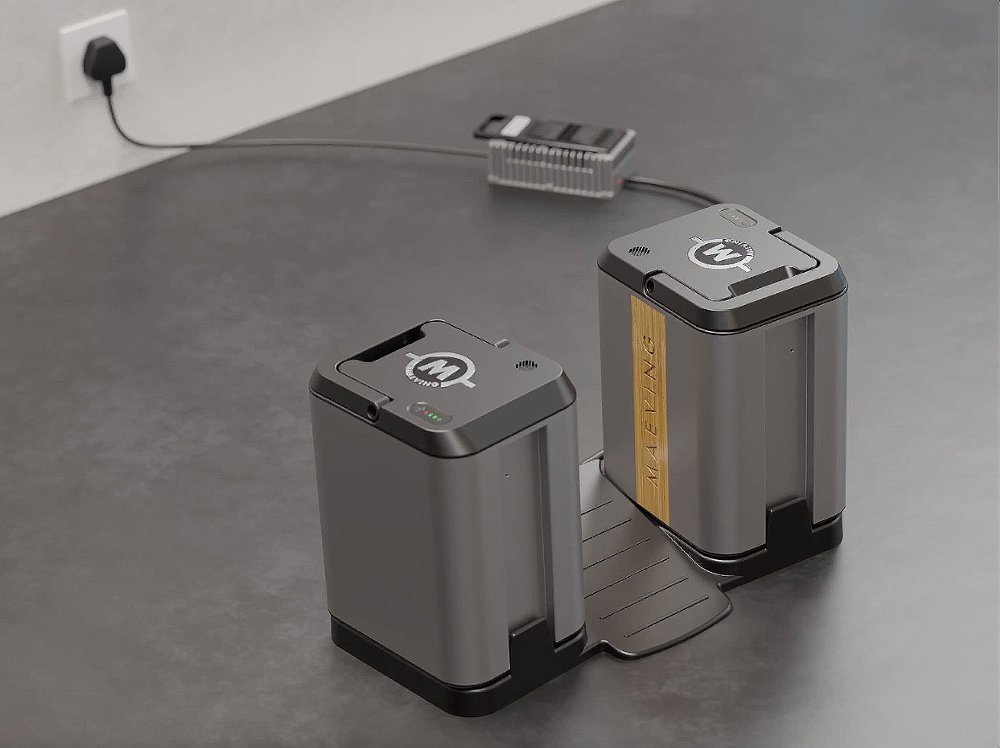
While the 2.73 kWh power packs weigh a hefty 36.5 pounds each, the handles are designed to be carried. I couldn’t say the same for the Ryvid or the Beemer. That doesn’t mean the design is perfect. Maeving’s removable batteries require a charging dock. The charging cable can’t plug into the batteries directly. Like the CE 02, the RM1S also utilizes a proprietary plug, so charging stations aren’t an option, either. That means you can only charge at Level 1, a standard 120-volt wall outlet, and the slowest level of charging. In my case, as a practical matter, it limited me to charging at the office and at home, essentially confining my travels to the Greater Los Angeles area. You win some, you lose some. Those mixed sentiments extend to the RM1S’s chassis too.
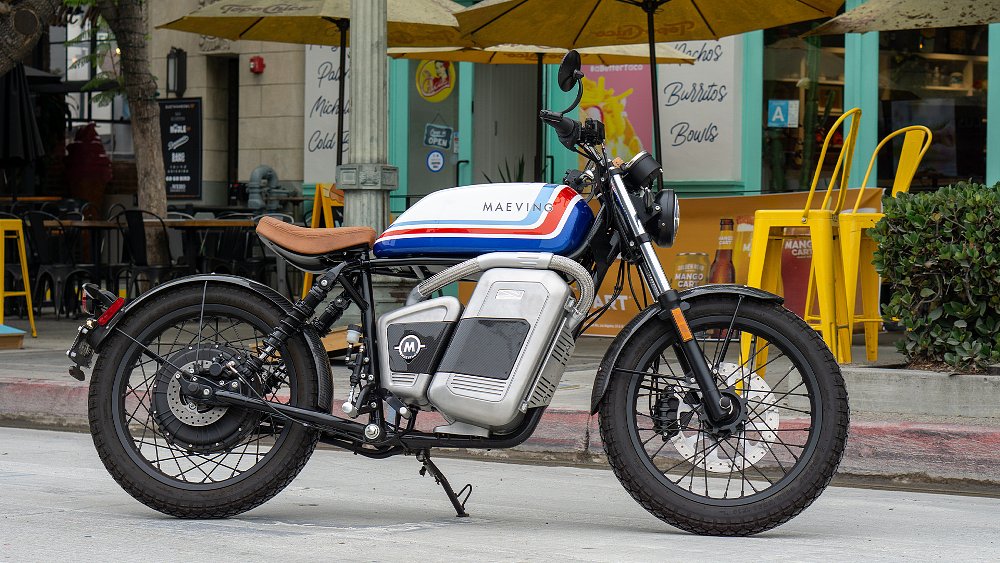
Slow ride, take it easy
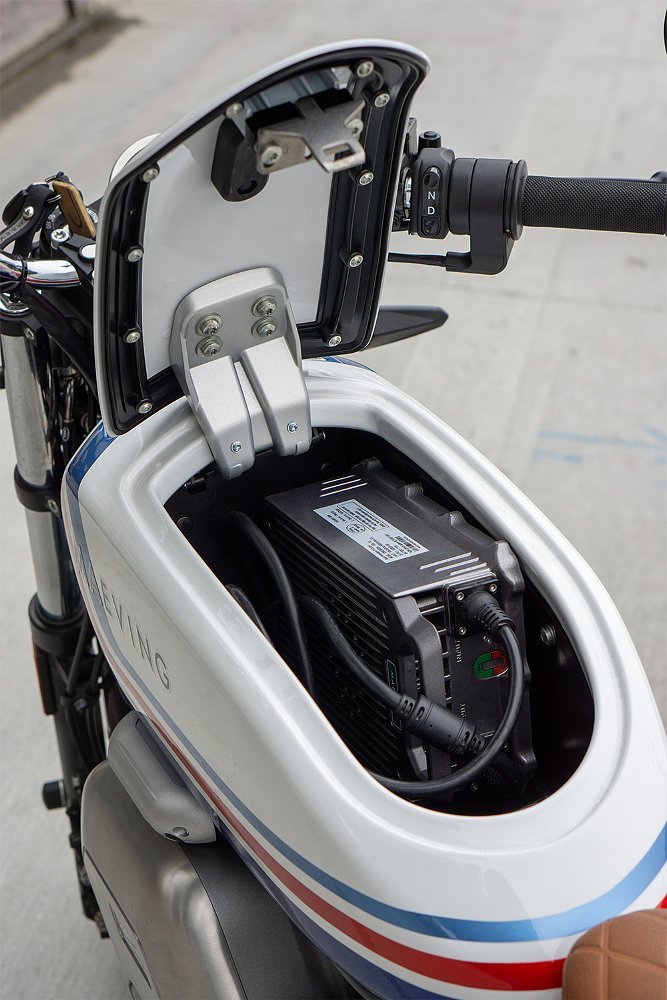
It might not look so in photos, but the RM1S is petite. It splits the difference between a small-capacity motorcycle and an e-bike. The tank is ultra-slim between the knees. The handlebar and triple trees are narrower than a mountain bike’s. Its seat height (30.9 inches) and overall height (42 inches) are short. It also weighs just 318 pounds, according to the Common Tread scales.
The only detail that defies the bike’s small stature is the distance between the seat and the handlebar. The long, lean tank may be pleasing to the eye but it also pushes the saddle further rearward. That presented no problems when bopping about town, but when riding with a backpack in tow, I often rested the balls of my palms on the grips to alleviate the load on my shoulders.
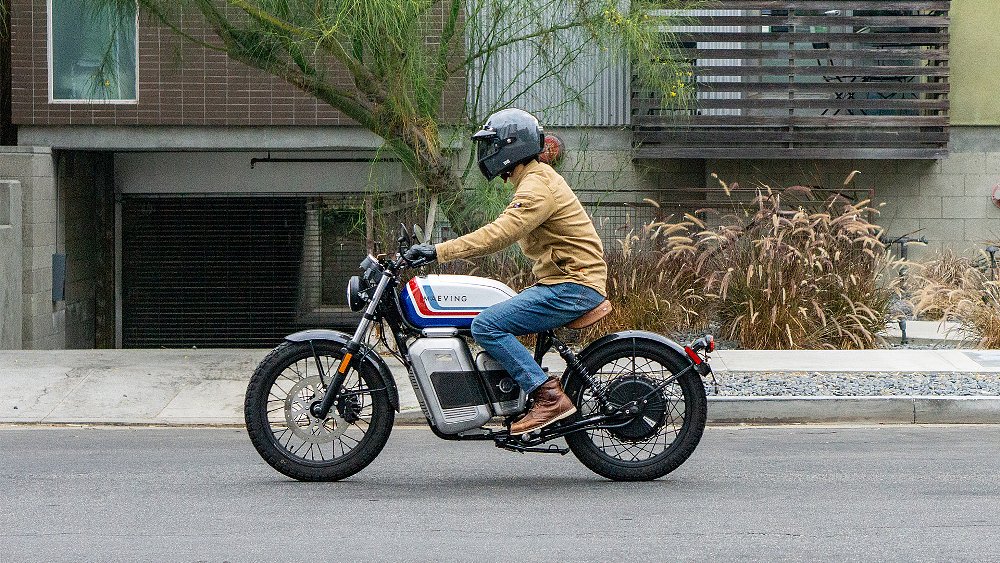
As a city bike, handling doesn’t rank high on the RM1S’s priority list. If the vintage-patterned tread on the Dunlop Gold Seal K70 tires doesn’t say as much, the lightly sprung fork does. As a result, the front end provides about as much feel as a pair of snow gloves. That’s not necessarily a problem when you’re primarily completing 90-degree corners and slow-speed U-turns at intersections. For that reason, the chassis leans more toward comfort. Well, with the exception of the optional rear shocks.
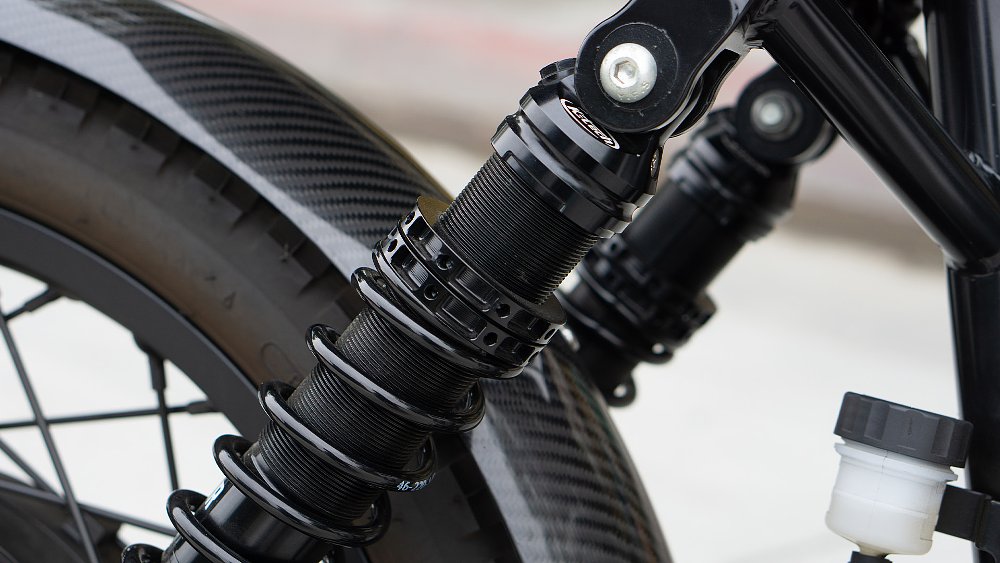
Though RM1S sports preload-adjustable shocks out of the box, the pre-production unit I tested came equipped with upgraded K-Tech Razor LITE rear suspension. The up-spec shocks are not only adjustable for height, preload, and rebound damping, but they’re also noticeably stiffer than the front end. That was most evident over large bumps and deep potholes. Considering the RM1S’s use case, the performance granted by the K-Tech units isn’t worth the comfort they sacrifice. For that reason, I’d waive the $895 upgrade and stick with the stock equipment, instead.
If there’s any surprise with the model’s chassis it’s the linked braking system. With 40% of the braking force distributed to the front and the remaining 60% applied to the rear, utilizing the brake pedal delivered more stopping power than the front brakes alone. The pedal also offered more feel and feedback than the wooden front brake lever. When riding on the street, I use the rear brake 20% of the time and the front brake every time. That ratio was closer to 50/50 on the RM1S.
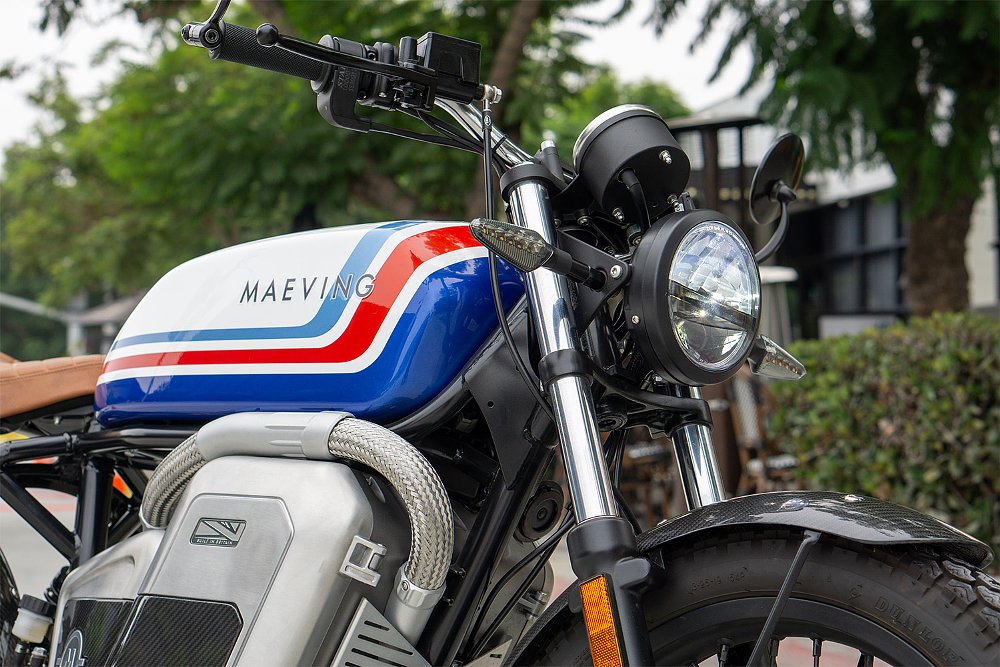
Know thyself
Ultimately, I enjoyed my time with the RM1S. It’s a twist-and-go e-powered option that happens to be one of the most stylish bikes on the market. It doesn’t try to be anything else. That’s the model’s greatest strength. It stays in its lane, even if that means foregoing the latest technology and performance-oriented features. It’s not the punchiest model in the segment. It isn’t the most advanced or the best handling. But it understands its customer’s needs and, for the most part, meets them.
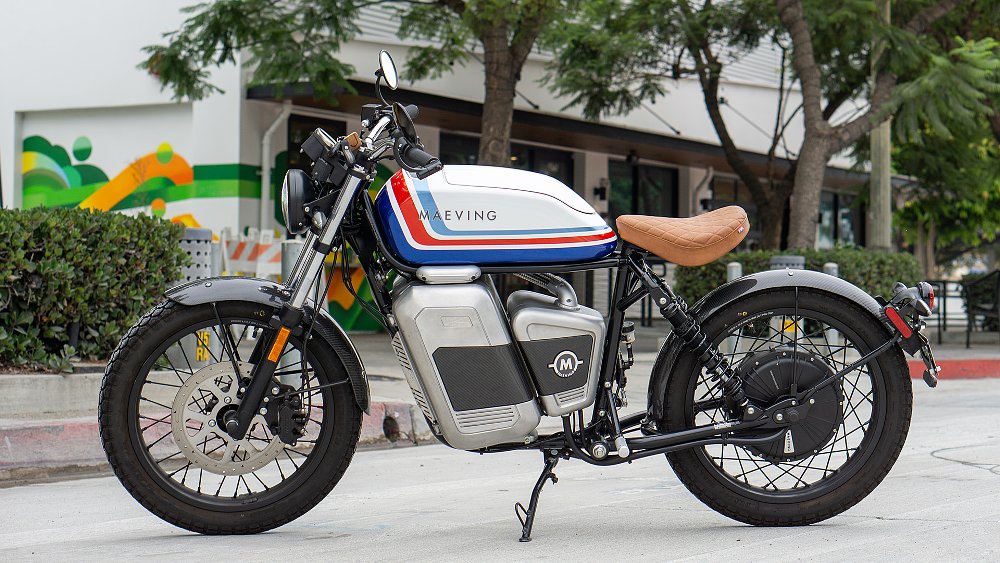
Starting at $8,995, the RM1S still commands a considerable chunk of change. That price tag may not agree with all budgets, but the model isn’t meant for everyone, either. It’s aimed at urban riders who want to get from A to B and do so in style. Maeving’s RM1S meets both of those criteria — and attracts a lot of attention in the process.
| 2025 Maeving RM1S | |
|---|---|
| Price (MSRP) | $10,785 (as tested), $8,995 (MSRP) |
| Drivetrain | Air-cooled hub motor |
| Claimed horsepower | 9.7 (7.2 kW) continuous, 14.9 (11.1 kW) peak |
| Frame | Steel cradle |
| Claimed range | 80 miles |
| Claimed battery capacity | 5.46 kWh |
| Claimed charge time | 4.2 hours @ Level 1 (120V) |
| Front suspension | 37 mm fork; 4.3 inches of travel |
| Rear suspension | K-Tech Razor LITE dual shocks, adjustable for spring preload and rebound damping; 3.2 inches of travel |
| Front brake | Single three-piston caliper, 300 mm discs without ABS |
| Rear brake | Single-piston caliper, 180 mm disc without ABS |
| Rake, trail | 26.0 degrees, 4.0 inches |
| Wheelbase | 55.0 inches |
| Seat height | 30.9 inches |
| Tires | Dunlop Gold Seal K70, 3.25 x 19 in. front, 3.25 x 19 in. rear |
| Measured weight | 318 pounds |
| Available | Now |
| Warranty | 24 months |
| More info | maeving.com |




